As the description say.. why the heck not etch a bunch of Pyralux?
The whole project took about 8 days, almost entirely spend etching Pyrlux to make "petals". The initial vision in my head was this being more of a flower.
My first attempt was using APA102-2020 LEDs. This didn't work out as I was unsure I'd be able to pull off double sided routing. Things where also quite cramped with such a small outline.
This led me to start thinking about the reel of WS2812Bs I have... In light of not wanted to end up banging my head on the wall in frustration (like using this editor right now....) the decision was made to scale everything up. Larger outline, easier to solder LED.

After being folded over the alignment of the front and back sides can be seen.
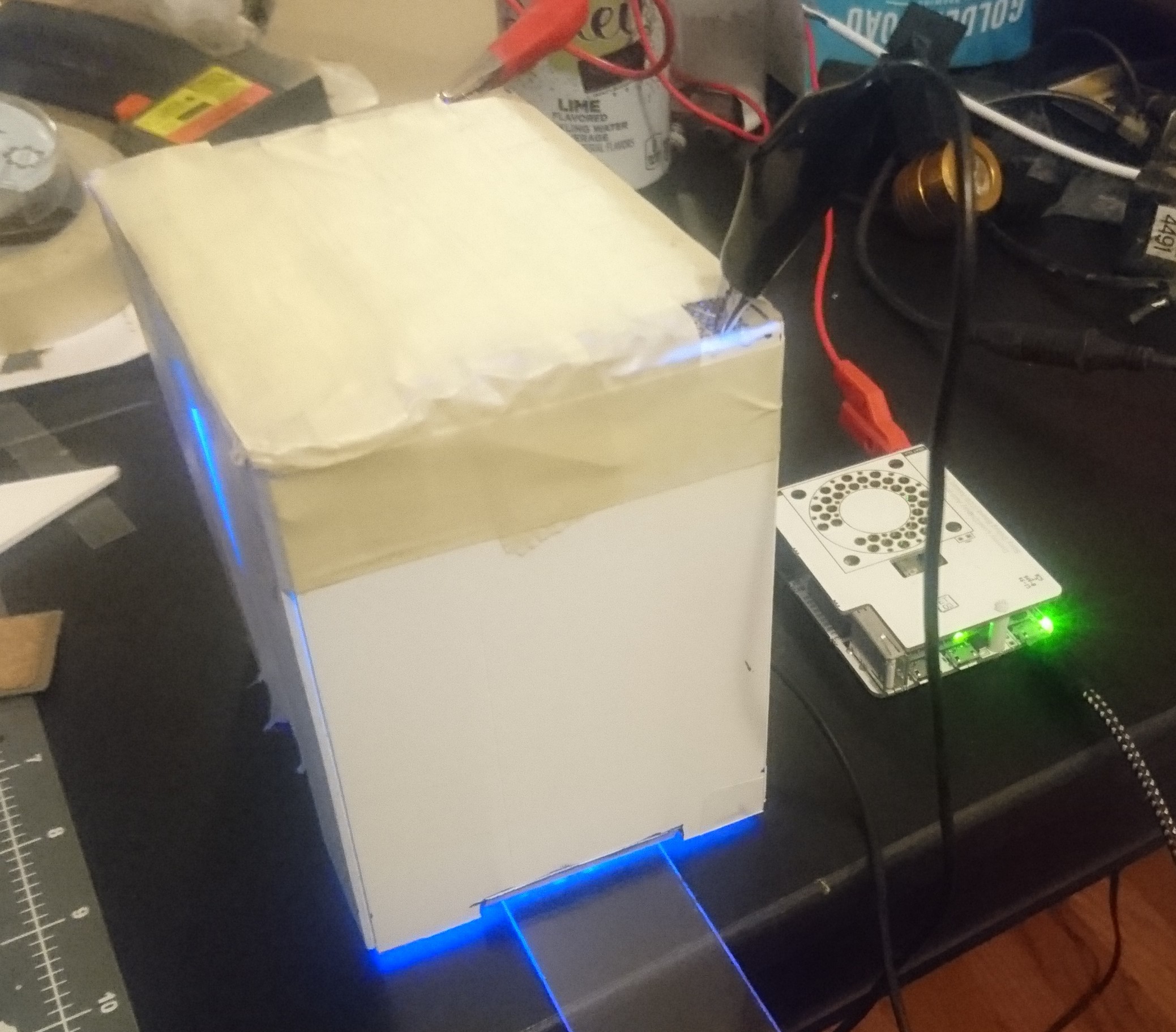
My exposure unit consists of about 60 UV LEDs run at 4V around 200mA. This was more randomly selected than anything else. 3.5 minutes yielded pretty good results. If I could get my masks darker that would go a long way. Doubling up the transparencies works pretty well for now.
For such fine detail the baords developed surprisingly well but in the end things were just too cramped. The traces at the top where too close and I was unsure if I'd even be able to solder the APA102 hence scaling up.
ACID BAAAAATTTTHHHH!!!!
I stared the process with vinegar, hydrogen peroxide and salt. It worked quite a bit better then I thought it would but had a tendency to stall and/or take so long the photo mask would start lifting. I ended up switching to mureatic acid and hydrogen peroxide with much better results. It would slow down after a while but never stalled. I found right around 54C was the sweet spot for my mixture of about 2 parts peroxide to one part HCL. I used a very small amount of salt (NaCL) also but tried to keep that to a minimum.
First Success!
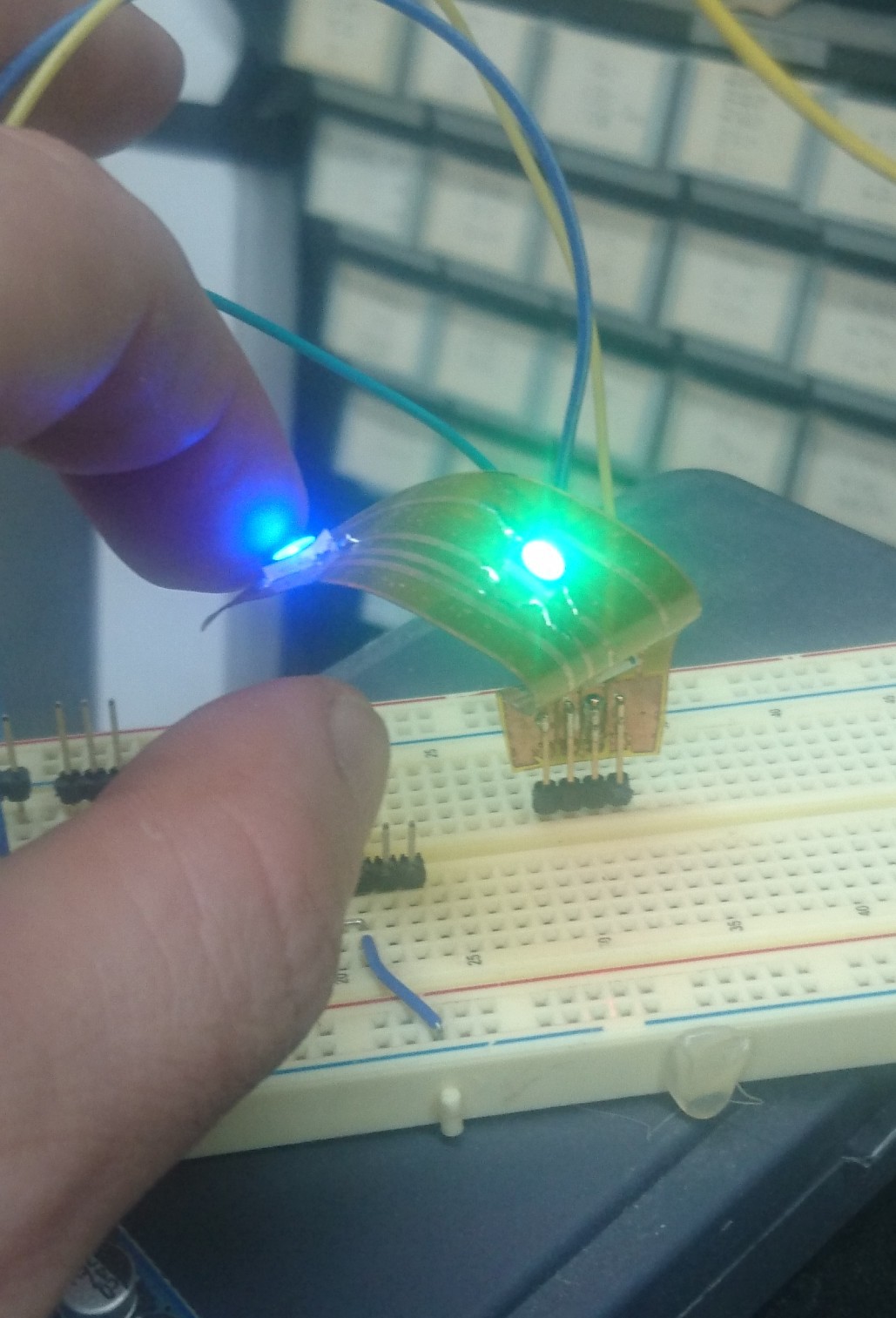
After a couple of tried I started getting the process down. My photoresist seemed to be going on well (that would change), the exposure process was going very smooth and despite the vinegar method being inconsistent and slow, the first couple in the bath would turn out well. I think I got 3 good ones out of 6 or 7 the first night. I thought switching to HCL would fix this bad yield rate but the next night I was having a terrible time applying the photo resist.
Wanting to fix prior inconsistencies with how the sheets were laying down I tried the water application method. You fill a tub large enough to fit your copper with water and dunk the board then apply the firm under the water. It's really forgiving because if you have a wrinkle or anything you can just pull it back up and move it. I then would take it out and iron it at low temp. Exposures went really well but I then could not...
 morgan
morgan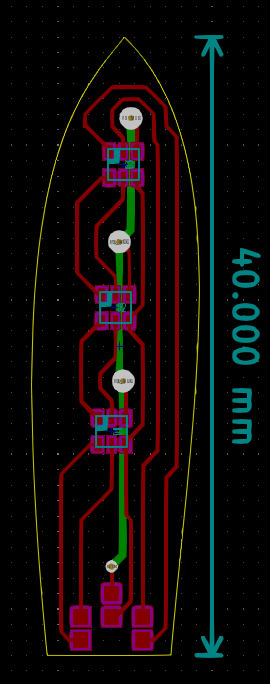
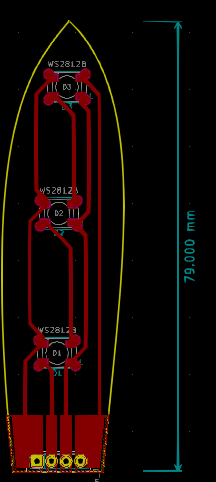

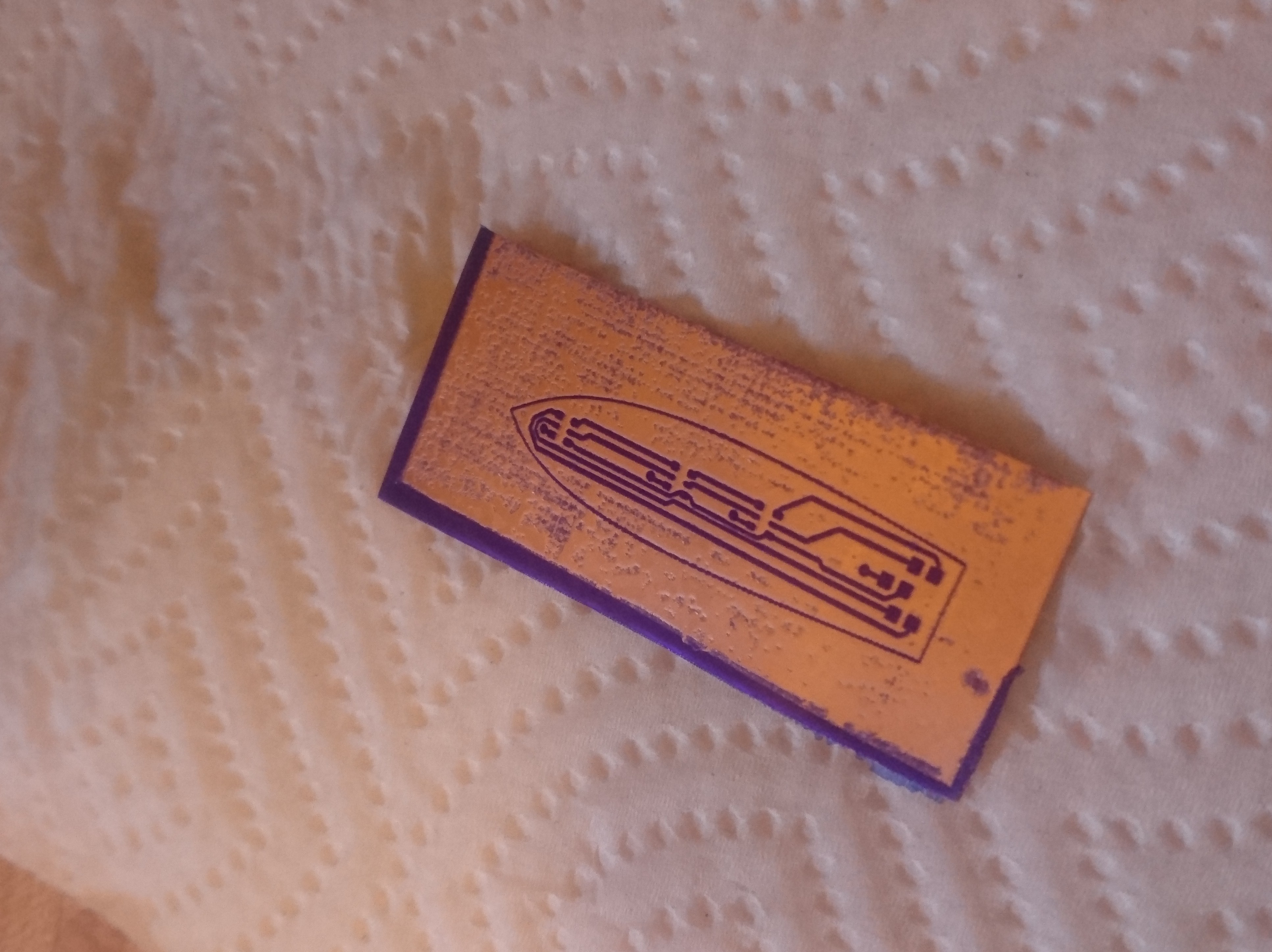
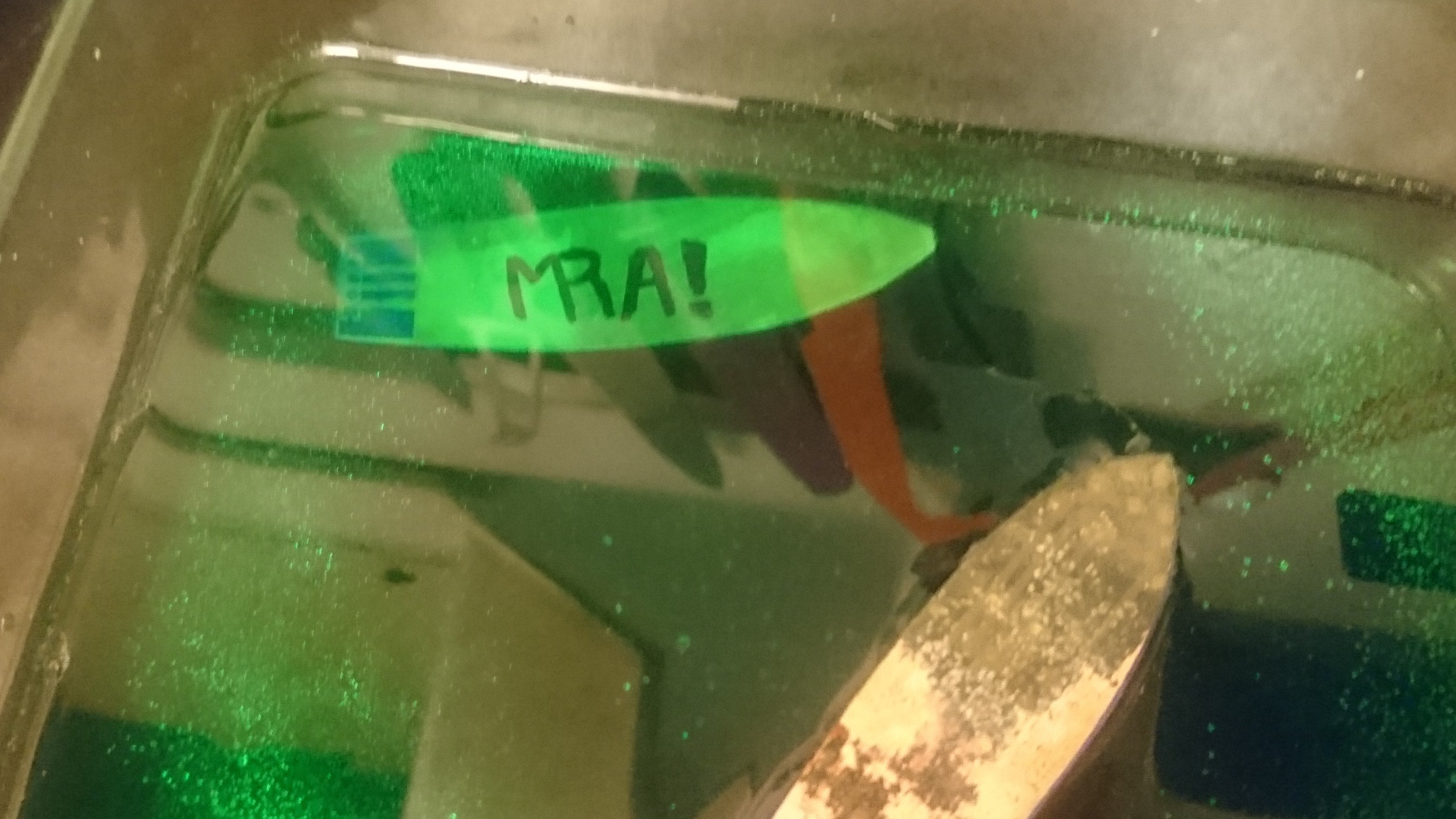
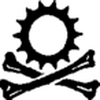

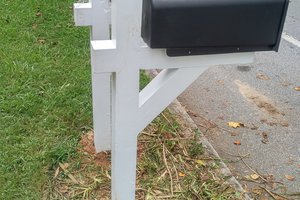
 Scott G
Scott G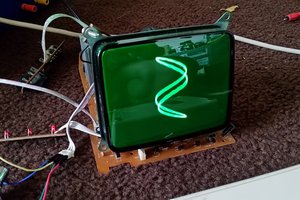
 Emily Velasco
Emily Velasco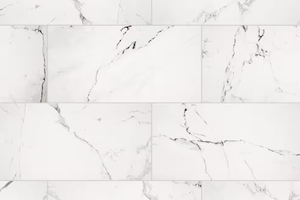
 WJCarpenter
WJCarpenter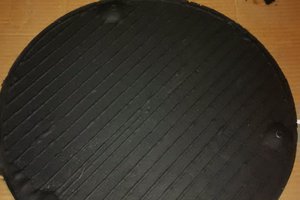
 Daren Schwenke
Daren Schwenke
You're a winner in my heart little Star Palm.